Join More Than 50,000+ Subscribers and get latest camera news and rumors
NEW CAMERA VIDEOS ON YOUTUBE
|
By admin, on June 8th, 2023
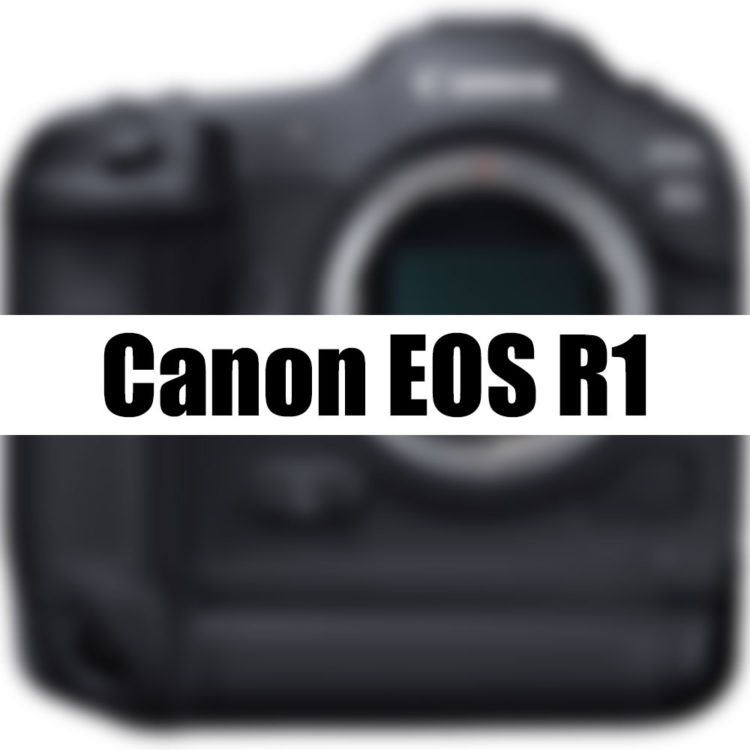
The latest news about Canon R1 surfaces all over the web. Take a look at the important set of specifications coming out from the rumor mill.
Canon R3 Design
According to the sources of the rumor mill, Canon R1 will have a similar body design as the Canon EOS R3.
Large Display Unit of 4 inch?
There will be a large display panel on the backside of the camera, so rumors are expecting a four-inch display screen on a professional-grade photographer’s camera. Since for Cinematographers we already have a separate line of cameras.
45 Megapixel Resolution
The resolution of the camera is rumored to be around 45 megapixels, possibly the stacked version of the Canon R5 sensor.
Class Leading EVF
The viewfinder is said to be of the highest resolution in the Canon lineup, so we can expect a 9-megapixel viewfinder for the first time to be introduced inside Canon.
Global Shutter
Global Shutter is understandably far away for Canon, but yeah, the rumor mill is still speculating. So let’s hope we see at least technology similar to a global shutter or even a sensor with a fast readout speed that captures images without any significant rolling shutter effect.
Dual CFexpress card slots
The camera will have dual CFexpress card slots and one of the sources also said that at least one of the slots is Type-C. So it is kind of a mixed bag and we have to wait for more clarity
NEW Autofocus System
Rumor Mill is speculating on the arrival of the QPAF AF system inside Canon R1.
Cinema EOS Video Features
Team of Cinema EOS working on R1 to develop its high-grade video feature
Canon R1 Arrival Date
Paris Olympic games begin in July of next year
Take it with a grain of salt, since these are not confirmed sets of specs coming out from reliable sources.
Get LIVE RUMORS –> FACEBOOK | TWITTER | INSTAGRAM to get live news + Canon rumors 24X7
source CR.com
By admin, on June 2nd, 2023
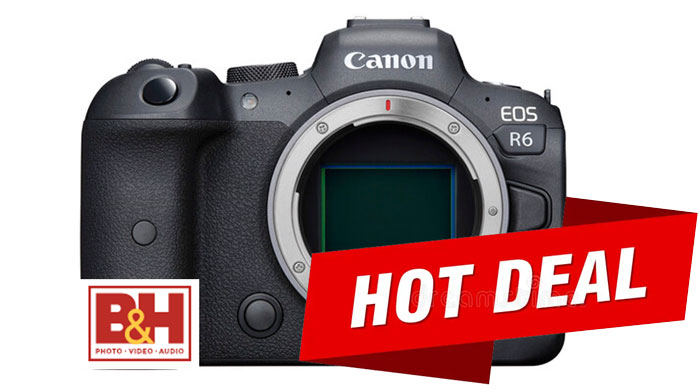
We have some BIG discounts running on Canon R6 cameras and Lenses. The Canon R6 Deal Price is $1599 ONLY for a limited period. Use our link below to jump directly into the deals page.
Get LIVE RUMORS –> FACEBOOK | TWITTER | INSTAGRAM to get live news + Canon rumors 24X7
By admin, on May 29th, 2023
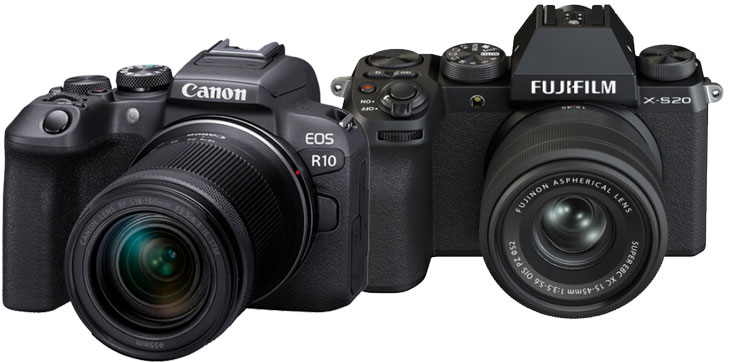
Let’s compare the body design of both cameras. Both are very well built and made for professional shooters with a very deep hand grip and EVF. They are paired up with a variable-angle display screen to give you compositional freedom. Whether you are a photographer or a content creator, you will love the camera’s design.
1. EXTERNAL FAN
The additional advantage we have with the Fuji X-S20 camera is the ability to add an external fan in case of overheating. The external fan will lower the temperature and allow you to record more than double the available recording time.
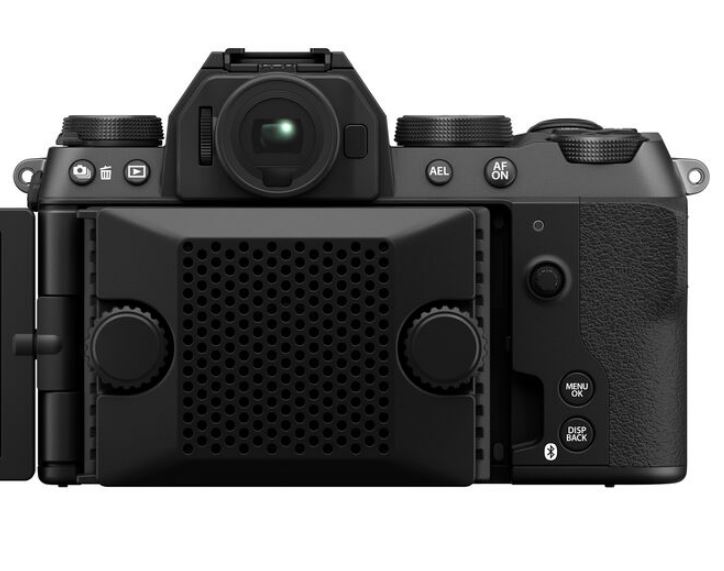 With the Fuji X-S20 camera, we are getting dual 3.5 mm ports; one is for headphones and the other is for a microphone. The microphone port can also be used as a remote shutter port. With the Fuji X-S20 camera, we are getting dual 3.5 mm ports; one is for headphones and the other is for a microphone. The microphone port can also be used as a remote shutter port.
2. EXTENDED BATTERY LIFE
We should discuss this in the design part. We have a larger battery in the Fuji X-S20 camera. The battery allows you to capture approximately 700-800 Liveview shots in a single charge, which is double when compared to the battery life of the Canon R10 camera.
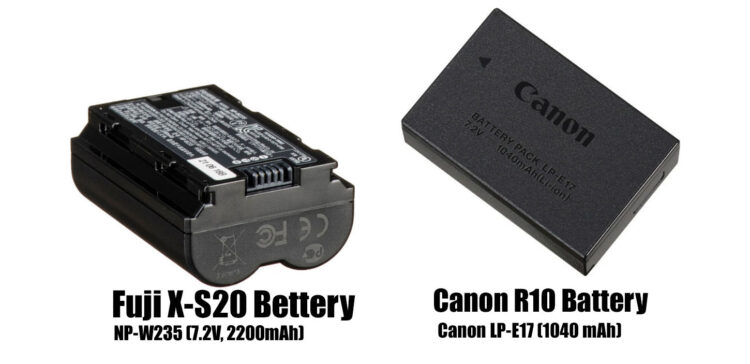
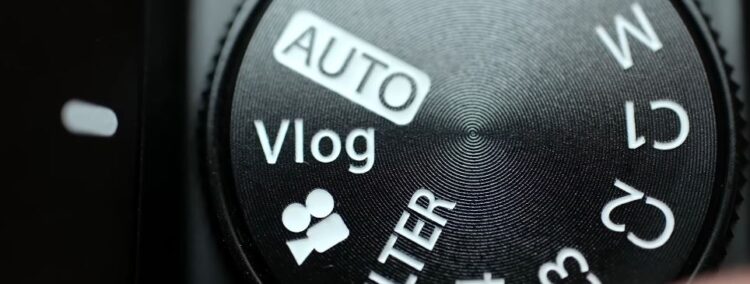
3. VLOG MODE
In vlog mode, we have a dedicated vlog mode in the camera. When you switch the mode dial button to vlog, a new content creator menu pops up. In the content creator menu, you will see 6 different blocks with different modes, including product showcase mode and face tracking priority mode made only for content creators. No content creator or cinematic menu is present in Canon R10.

Let’s talk about the internal core specification of the camera
4. SENSOR
Sensor: The Fujifilm X-S20 camera features Fuji’s popular 26-megapixel sensor. The sensor is a BSI CMOS sensor, not an FSI CMOS sensor like that of Canon R10. So while having a BSI CMOS sensor, we do expect better low-light performance with the Fujifilm X-S20 camera.
Let’s have a look at a quick high ISO test between the two. A sample captured at ISO 25600 of a Canon R10 and Fuji X-S20 camera clearly shows the advantage of having a BSI CMOS sensor while capturing images in low light.
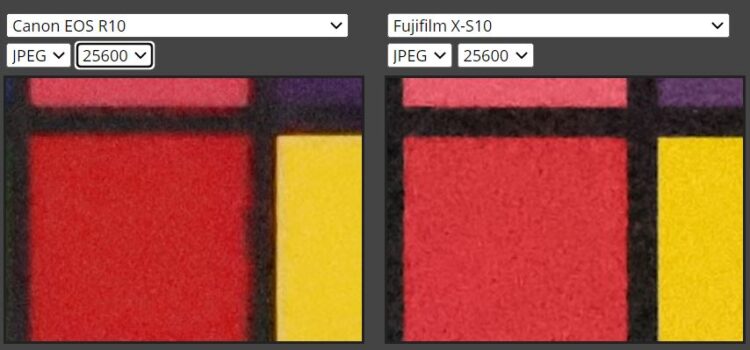
From the high ISO test, it is very clear that Canon is not able to preserve the color details at high ISO range when compared to a Fuji sensor.
The next is autofocusing performance. Both Fuji and Canon are using their latest generation of image processors
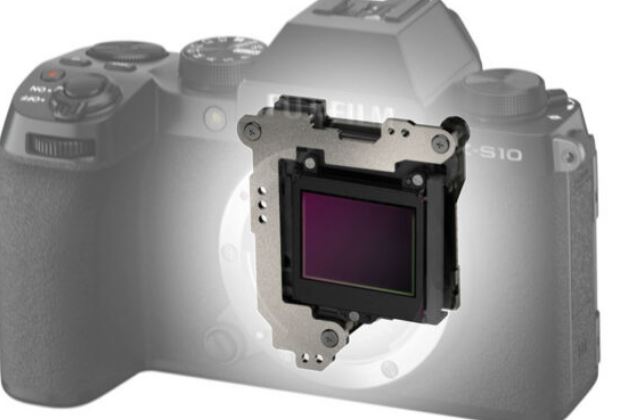
5. IMAGE STABILIZATION
In the Fujifilm X-S20 camera, we are getting sensor-shift image stabilization system up to seven stops. Not only that, for the first time in a Fuji camera, we have a dedicated menu to adjust the image stabilization setting according to our needs. No sensor-shift image stabilization system is present in the Canon R10 camera
6. BURST MODE
The next visible difference between these two cameras is the burst speed or the continuous shooting speed. With the Canon R10 camera and its 24-megapixel resolution, you can achieve a burst speed of up to 24 frames per second. With the Fujifilm X-S20 camera, the maximum burst speed available is 30 frames per second with crop and without crop at full resolution up to 20 frames per second.
While using the mechanical shutter, the Canon R10 allows you to capture 12 frames per second and the Fuji X-S20 camera allows you to capture 8 frames per second.
Buffer memory of Fuji X-S20 camera is more compared to Canon R10, its clearly visible in the table below.
| |
Fuji X-S20 |
Canon R10 |
| 10 FPS |
1000+ JPG — 341 RAW |
|
| 15 FPS |
|
460 JPG — 29 RAW |
| 20 FPS |
256 JPG — 79 RAW |
|
| 23 FPS |
|
70 JPG — 21 RAW |
| 30 FPS (1.25x crop) |
407 JPG — 88 RAW |
|
7. AUTO-FOCUSING SYSTEM
Canon R10 arrives with its popular second-generation dual pixel CMOS autofocusing sensor and more than 5000 autofocusing points fabricated inside the sensor. Furthermore, the camera uses 3700 DPAF points while recording video. To simplify it for its users, Canon grouped the points into 651 autofocusing zones.
Now, the Fujifilm X-S20 camera may not be able to match the number of DPAF points, but for the first time, it uses the most advanced artificial intelligence tracking system available inside Fuji. Fujifilm engineers directly used the artificial intelligence AI algorithm of the Fuji X-H2S camera in the Fuji X-S20. This AI enhances the overall performance of the camera and now the camera is even able to track moving drones and insects without an issue. The X-S20 now also features product showcase mode and face AF tracking priority mode.
So more or less both of these cameras have their own advantages and disadvantages when it comes to autofocusing performance.
8. VIDEO
The Fujifilm X-S20 camera is able to shoot 6.2K open gate in 3:2 format at the rate of 30 frames per second. So that’s the maximum resolution available in the Fujifilm X-S20. Now when you want to record in a standard format, that is in 16:9, the resolution drops to 5.2K. So that’s the maximum standard resolution available inside the Fujifilm X-S20 camera. None of these high-resolution modes are available in Canon R10.
The Fuji X-S20 camera is able to record uncropped 4K 60p video as well as full HD videos at the rate of 240 frames per second. Canon R10 fails to impress us as we have to face a 1.6x crop while recording 4K 60 frames of video. At the same time, only a 120 frames per second option is available at full HD format inside Canon R10.

And the biggest difference that will shock you is that no C-Log format is available. Yes, you are able to record 10-bit only in HDR PQ mode in Canon R10, whereas in the Fujifilm X-S20 cameras F-Log and F-Log 2 are both available. In F-Log 2 curve, you are able to extract 13+ stops of dynamic range and at the same time, a 12-bit raw output is available via the HDMI port.

For content creators, we have a dedicated content creator menu and again dedicated autofocusing modes. Not only that but the advanced cinematography and content creation are being backed by the sensor-shift image stabilization of the camera.
For super cinematographers, content creators, and wedding videographers, the Fuji X-S20 camera is the best choice.
So for cinematographers containing creators and wedding video graphs for Fuji x as 20 cameras is the best choice

9. LENSES
Fujifilm X-mount is an open mount and we have a huge range of lenses available and more are coming. At the same time, the Canon RF mount is a locked mount and has a very limited range of lenses available for the APS-C range. If you move towards the DSLR lenses, then you have to be very careful while picking them up since the lenses with STM motors are fully compatible and the older lenses with USM motors will create noise, and not all of them are optimized for dual pixel CMOS autofocusing sensor
10. PRICE DIFFERENCE
We do have a good price difference between these two cameras. If you are on a very tight budget and not able to spend extra on lenses, then you may stay with the Canon R10 camera. But if your budget allows, I highly recommend you to get the Fujifilm X-S20
Fuji Film X-S20 – Camera $1299 [Body Only B&H] [Amazon.com] | 15-45mm Lens $1399 [B&H Store] [Amazon.com]
Canon R10 – Camera body $879 [B&H Store] [Amazon.com] | 18-45mm Lens [B&H Store] [Amazon.com]
By admin, on May 24th, 2023
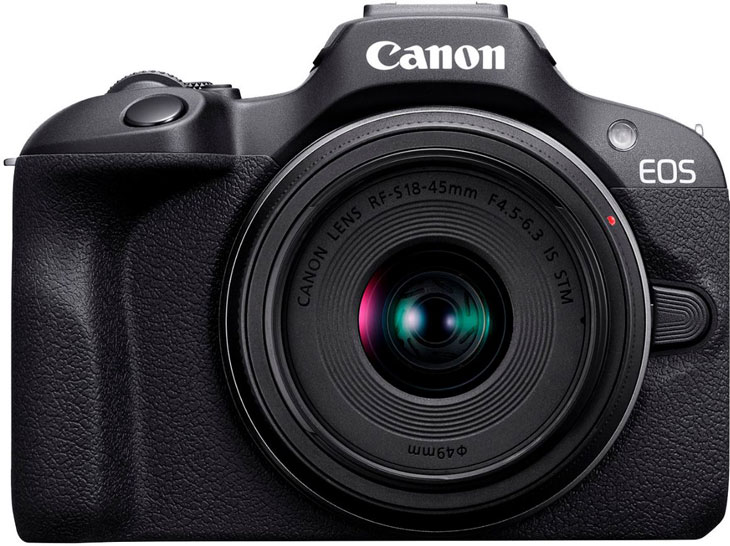
Canon R100 camera announced the Canon R100 camera features 1st generation of DPAF sensor and DIGIC 8 image processor. 4K video with crop and fixed display screen, so it is not made for content creators in any way.
Canon R100 Full Specification
- 24.1MP APS-C CMOS Sensor
- DIGIC 8 Image Processor
- 4K 24p Video with Crop, Full HD 60p
- Dual Pixel CMOS AF with 143 AF Zones
- 6.5 fps Electronic Shutter
- 2.36m-Dot OLED EVF
- 3″ 1.04m-Dot LCD Screen
- Creative Assist Mode
- Wi-Fi and Bluetooth with SD Card Slot
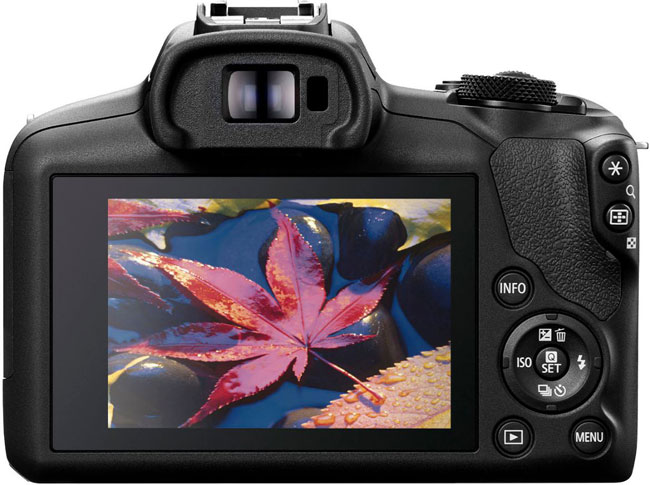
Canon R100 Price
- Body: $479
- Lens kit: $599
- Double zoom kit: $829
Canon R100 Press Release
Canon Introduces its Most Affordable, Compact, and Lightweight EOS R Camera Ever: The EOS R100
The Company Also Announced the Wide-Angle “Pancake” Style RF28mm F2.8 STM Lens
MELVILLE, N.Y., May 24, 2023 – Canon U.S.A., Inc., a leader in digital imaging solutions, is excited to announce the launch of the EOS R100 camera and RF28mm F2.8 STM lens, two new affordable compact and lightweight tools for entry-level and emerging content creators to elevate their skills.
The Canon EOS R100 camera was designed for new, first-time mirrorless camera or existing interchangeable camera users who previously enjoyed EOS Rebel or EOS M cameras. The camera touts key features such as a 24.2 megapixel APS-C size sensor, the DIGIC 8 image processor, 4K (Cropped) and Full HD (Full-Width) video at up to 24 and 60 frames-per-second respectively, Autofocus with eye and face detection, and Bluetooth™ and Wi-Fi® connectivity capabilities. For users who are making the EOS R100 their first interchangeable lens (ILC) camera, a significant advantage over using a smartphone camera will be lens selection. The EOS R100 is compatible with the complete lineup of RF and RF-S lenses, and EF and EF-S lenses can be utilized when using one of three available Canon EF-EOS R mount adapters (each sold separately). This selection of lenses includes the Canon RF28mm F2.8 STM lens, which was also announced today.
The Canon RF28mm F2.8 STM is a “pancake” style, value lens that targets a wide variety of users, from amateur to enthusiast full-frame and APS-C camera users. Key features of the new lens include:
- Minimum focusing distance of 9.1 inches (0.23m) and a maximum magnification of 0.17x
- Retracting feature that helps to shorten the overall length of the lens
- Circumferential manual focus mode/control ring selector
- Gear-type STM motor providing smooth autofocusing while capturing video
- Built-in Control Ring provides quick access to multiple camera controls
- 7-blade circular aperture helps to provide beautifully blurred background and bokeh
Pricing and Availability
The Canon EOS R100 camera is scheduled to be available in July 2023 for an estimated retail price of $479.99 for body only, $599.99 with the RF-S18-45mm F4.5-6.3 IS STM lens, and $829.99 with the RF-S18-45mm F4.5-6.3 IS STM and RF-S55-210mm F5-7.1 IS STM lenses.
The RF28mm F2.8 STM lens is scheduled to be available in July 2023 for an estimated retail price of $299.99.
By admin, on May 20th, 2023
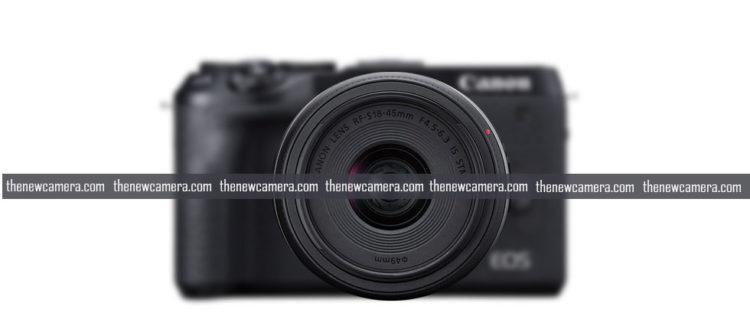
Before we begin let me clarify that we have already published about the arrival of M200 sucessor in RF mount back on march 2023 | We have told you about Canon R200 back on March 9th, 2023 | Now, the same camera is about to arrive an we are expecting Canon will also keep up the same name as we have mentioned back on our post.
According to the latest rumors from reliable sources, Canon will soon announce a new entry-level (possibly Canon R100, although the name isn’t confirmed yet) mirrorless camera and RF 28 mm f/2.8 STM lens. The camera is said to be even more, affordable than the recently announced Canon R50 camera, the upcoming camera will have a body price of only $479. With its lens, you have to pay $599. see more details below
- New Canon additions to overseas retailers– RF28mm F2.8 STM: $299- Mirrorless camera (SKU: 6052C0**)
– Body: $479
– Lens kit: $599
– Double zoom kit: $829
Canon R100 Rumored Specification
- 24MP sensor (same as we have seen in Canon R50 / Canon R10),
- Elec shutter (No EFCS)
- 4k 24,30p Recording (No 10BIT HDRPOQ mode)
- No EVF
So, these are the basic details of the upcoming lens and Canon’s upcoming entry-level mirrorless camera. The entry-level camera is the successor of the Canon M200.
We will soon update you with pictures and leaked specifications. Stay tuned for more updates.
Get LIVE RUMORS –> FACEBOOK | TWITTER | INSTAGRAM to get live news + Canon rumors 24X7
source: digicameinfo
By admin, on May 16th, 2023
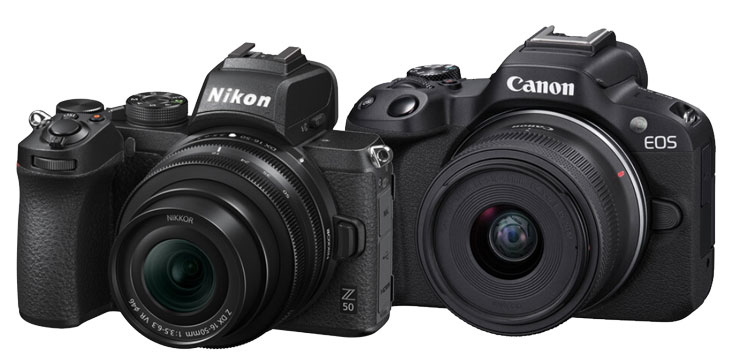
Latest comparison of the design part of the Canon R50 versus the Nikon Z50 camera. Canon R50 features a very ultra-compact body. The big difference between the two is weather sealing. If you shoot mostly outdoors, Z50 and even Z30 feature weather sealing in their body. No weather sealing is present in Canon R50.
Both cameras feature a built-in flash as well as an EVF. They are almost the same. The Canon R50 features a vari-angle display, while the Nikon Z50 features a limited-tilt display screen.
Canon R50 vs Nikon Z50 – Table of contents
Due to the design issue, the Canon R50 camera is more content-creator-friendly when compared to can Nikon Z50
also, see – Canon R10 vs Nikon Z50
Best Lenses for Canon R50 Camera
|
Canon R50 |
Nikon Z50 |
| Lens Mount |
Canon RF |
Nikon Z |
| Sensor Resolution |
Effective: 24.2 Megapixel |
Actual: 21.51 Megapixel
Effective: 20.9 Megapixel (5568 x 3712) |
| Image Sensor |
22.3 x 14.9 mm (APS-C) CMOS |
23.5 x 15.7 mm (APS-C) CMOS |
| Crop Factor |
1.6x |
1.5x |
| Image Stabilization |
None |
Digital (Video Only) |
| Built-In ND Filter |
None |
None |
| Capture Type |
Stills & Video |
Stills & Video |
1. Best Camera for Photography – Canon R50 vs Nikon Z50
Both cameras use an APS-C CMOS sensor. Nikon calls it DX and as you can see, physically the DX sensors are slightly larger compared to the Canon APS-C sensor.
- Nikon’s DX: 23.5 mm x 15.7 mm
- Canon’s APS-C: 22.3 × 14.9 mm
Okay, that doesn’t make too much difference, but since the sensor resolution of Nikon Z50 is 20MP and the sensor size is slightly larger, then due to these two factors automatically the low light performance of the camera upscales compared to others.
If you look at the ISO range chart, then you will see a massive difference between the ISO range of the Canon R50 camera and the Nikon Z50. The maximum ISO range of the Canon R50 camera goes up to ISO 51200 whereas the Nikon Z50’s ISO range is expandable up to 204800.
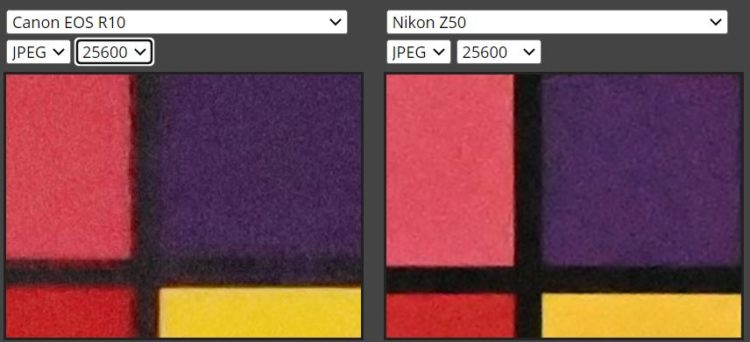
Since R10 samples are not available at this moment we are picking up, the Canon R10 (both Canon R10 and R50 share the same sensor)
Not only in words and numbers, let’s compare the two practices and try to find out the best camera between these two. As you can see, the ISO range of the Canon camera limits to 25600. Comparing the two, it’s very clear that the Nikon Z50 camera is able to preserve color details in a much better way. As you can see, the color box lines are not melting into each other. Canon R50 is not able to resolve colors at higher ISO ranges.
|
Canon R50 |
Nikon Z50 |
| Shutter Type |
Electronic Shutter |
Electronic Shutter, Mechanical Focal Plane Shutter |
| Shutter Speed |
Electronic Shutter
1/8000 Up to 30 Seconds
Electronic Front Curtain Shutter
1/4000 Up to 30 Seconds |
Electronic Front Curtain Shutter
1/4000 to 30 Seconds
Electronic Shutter
1/4000 to 30 Seconds |
| Bulb/Time Mode |
Bulb Mode, Time Mode |
Bulb Mode, Time Mode |
| ISO Sensitivity |
Photo/Video
100 to 32,000 (Extended: 51,200) |
Photo
100 to 51,200 in Auto Mode (Extended: 100 to 204,800)
Video
100 to 25,600 in Manual, Auto Mode |
| Metering Method |
Center-Weighted Average, Evaluative, Partial, Spot |
Center-Weighted Average, Highlight Weighted, Matrix, Spot |
| Exposure Modes |
Aperture Priority, Manual, Program, Shutter Priority |
Aperture Priority, Manual, Program, Shutter Priority |
| Exposure Compensation |
-3 to +3 EV (1/3 EV Steps) |
-5 to +5 EV (1/3, 1/2 EV Steps) |
| Metering Range |
-2 to 20 EV |
-4 to 17 EV |
| Continuous Shooting |
Electronic Shutter
Up to 15 fps for up to 28 Frames (JPEG) / 7 Frames (Raw)
Electronic Shutter
Up to 12 fps for up to 42 Frames (JPEG) / 7 Frames (Raw) |
Up to 11 fps at 20.9 MP
Up to 5 fps at 20.9 MP
Up to 4 fps at 20.9 MP
Up to 30 fps at 8 MP |
2. Autofocus – Canon R50 vs Nikon Z50
Both of them use completely different technology. Canon uses Dual Pixel CMOS autofocus technology and Nikon uses hybrid.
- The Canon R10 DPAF points are fabricated across the entire sensor, with a maximum of 4,503 points (single area mode) or 651 ZONES (when Tracking is enabled).
- The Z50 has 273 points that cover approximately 90% of the sensor. So technically we have less number of AF points inside the Nikon Z50 Mirrorless camera.
|
Canon R50 |
Nikon Z50 |
| Focus Type |
Auto and Manual Focus |
Auto and Manual Focus |
| Focus Mode |
Continuous-Servo AF, Manual Focus, Single-Servo AF |
Automatic, Continuous-Servo AF, Full-Time Servo, Manual Focus, Single-Servo AF |
| Autofocus Points |
Photo
Phase Detection: 4503
Video
Phase Detection: 3713 |
Phase Detection: 209 |
| Autofocus Sensitivity |
-4 to +20 EV |
-2 to +19 EV |
If you compare the autofocus points of the two, then you will see a massive difference. Don’t get demoralized after looking at the fewer number of points in Nikon Z50 camera. It is also highly usable and a perfect companion for general-purpose photography. You can also shoot sports and wildlife with this but don’t expect Hi-Fi 3D AF tracking performance from this camera.
If you are more into sports and wildlife photography and love to have a perfect camera under budget, then I highly recommend you to get the Canon R50 camera if possible, which has the fastest burst speed of 23 frames per second.
3. Best Camera – AF sensitivity – Canon R50 vs Nikon Z50
The stats say, the Canon R50 has a minimum sensitivity in the low light of -4EV, which is excellent for a class of camera like the Canon R10. The AF sensitivity of measured with an F1.2 lens is practically impossible to buy for beginners. So, it’s eq to – 2.5EV with an F2 lens.
Z50 has a rating of -2EV, or -4EV if you activate the Low Light AF mode (which is slower but can help in very dim light conditions). This data is measured with an F2 lens.
The R50 has a few extra features concerning autofocus, like focus bracketing and focus stacking which will interest macro photographers. So technically if he takes all the aspects here in terms of autofocusing performance of the two cameras then Canon R50 is a clear winner.
4. Best Camera for Sports and Wildlife – Canon R50 vs Nikon Z50
The Canon R50 camera doesn’t have any fully mechanical shutter, neither does the Nikon Z50. The Nikon Z50 specification says it has a mechanical focal plane shutter, but once we enter into the specs of the camera, we are able to witness only two shutters and these are:
Not able to see mention of any fully mechanical shutter. In the same way, even Canon R50 camera doesn’t have a fully mechanical shutter.
Now Canon is able to utilize its electronic shutter even when you are using the burst speed of the camera, but in Nikon Z50 we are limited to the use of only a mechanical shutter in high-speed burst mode. Since the camera doesn’t have a stacked CMOS sensor, there is literally no use in boosting up your shutter speed on electronic shutter steroids. You will have a massive rolling shutter effect in your images.
We highly recommend you go with Nikon Z50 for sports and wildlife photography. If you can spend more, then only Canon R10.
|
Canon R50 |
Nikon Z50 |
| Internal Recording Modes |
H.264/H.265/MPEG-4
UHD 4K (3840 x 2160) at 23.98/25/29.97 fps
1920 x 1080 at 23.98/25/29.97/50/59.94/100/120 fps |
H.264/MOV/MP4
UHD 4K (3840 x 2160) at 23.98/25/29.97 fps
1920 x 1080p at 23.98/25/29.97/50/59.94/100 fps |
| Broadcast Output |
NTSC/PAL |
NTSC/PAL |
| Recording Limit |
Stereo |
Stereo |

5. Best Camera for Video – Canon R50 vs Nikon Z50
Both can record 4K videos up to 30 frames per second. Due to the use of a low light sensitive sensor in Nikon Z50, you are able to capture uncontrolled light videos in a better way. Even at higher ISO, Nikon Z50 camera is able to preserve more details, as we have already seen in the ISO test.
The Canon R50 has an amazing ability to record 10-bit HDR PQ videos. But at the same time, you need additional lights to get the maximum out from the R50 sensor. Otherwise, in an uncontrolled light environment, the quality goes even below that of Nikon Z50’s 8-bit output.
So if you are working in an uncontrolled light environment where you do not have any access to dedicated lights, you should buy the Nikon Z50. Otherwise, if you’re working with lights and in your studio, then Canon R50 is a better choice.
6. Content creators and bloggers
The best camera for you is Canon R50 due to its flexible vari-angle display screen. Nikon Z50’s screen rotates in a 180-degree fashion which is not that much usable. It’s better to buy Canon R50.
|
Canon R50 |
Nikon Z50 |
| Battery Type |
1 x LP-E17 Rechargeable Lithium Polymer, 7.2 VDC, 1040 mAh |
1 x EN-EL25 Rechargeable Lithium-Ion, 7.6 VDC, 1120 mAh (Approx. 300 Shots) |
| Tripod Mounting Thread |
1 x 1/4″-20 Female (Bottom) |
1 x 1/4″-20 Female (Bottom) |
| Dimensions (W x H x D) |
4.6 x 3.4 x 2.7″ / 116.3 x 85.5 x 68.8 mm |
4.98 x 3.68 x 2.36″ / 126.5 x 93.5 x 60 mm |
| Weight |
13.2 oz / 375 g (With Battery, Recording Media)
11.6 oz / 328 g (Body Only) |
13.93 oz / 395 g (Body Only)
|
Help us to get a Barista Coffe
Latest Price of Nikon Z50 B&H | Amazon.com
Get Canon R50 From Amazon.com | B&H Store
By admin, on May 15th, 2023
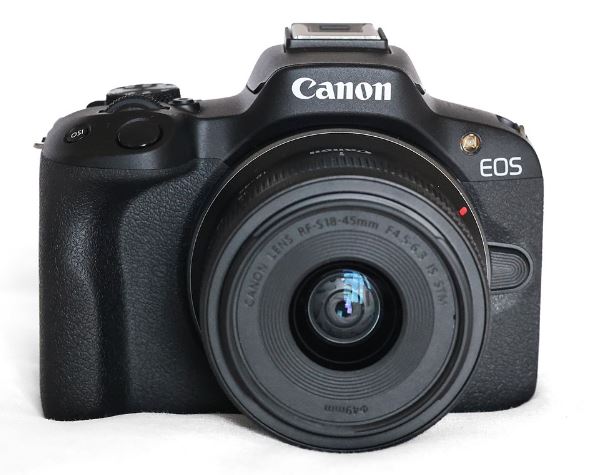
Published by the website Photons to Photo, has posted the measurement data of the dynamic range and high sensitivity performance of Canon’s new entry model “EOS R50”. We all know that Canon R10 and Canon R50 uses the same sensor, that’s why the result of both looks very similar.
| Model name |
Maximum dynamic range |
low light ISO |
Low light EV |
| EOS R50 |
10.57 |
1873 |
9.23 |
| EOS M50 |
9.84 |
1409 |
8.82 |
| EOS R10 |
10.54 |
1810 |
9.18 |
| Canon EOS R7 |
10.49 |
2213 |
9.47 |
| Z50 |
10.53 |
2406 |
9.59 |
| α6600 |
10.97 |
2929 |
9.87 |
| X-T30 |
10.47 |
3645 |
10.19 |
My Main concern is Canon’s lowlight performance, as you can the camera scores are lower than Nikon Z50 and A6600, we know that Nikon Z30 and Z50 share the same sensor, so we will have a better low-light performance from the Z50 or the Z30 compared to the R50 or the Canon R10.

As you can see from the difference in the low-light samples of the two, Nikon is able to preserve the color in the best way possible. Color box separation lines are clearly visible Nikon Z50 image sample compared to Canon R50.
Get LIVE RUMORS –> FACEBOOK | TWITTER | INSTAGRAM to get live news + Canon rumors 24X7
source photonstophotos
|
KEEP THIS BLOG ALIVE - Support New Camera Buy Canon Lenses, Buy Music CD or Digital Camera at amazon it helps this site, and you do not pay anything extra, it is just a way to help support this site.

|




 With the Fuji X-S20 camera, we are getting dual 3.5 mm ports; one is for headphones and the other is for a microphone. The microphone port can also be used as a remote shutter port.
With the Fuji X-S20 camera, we are getting dual 3.5 mm ports; one is for headphones and the other is for a microphone. The microphone port can also be used as a remote shutter port.

















